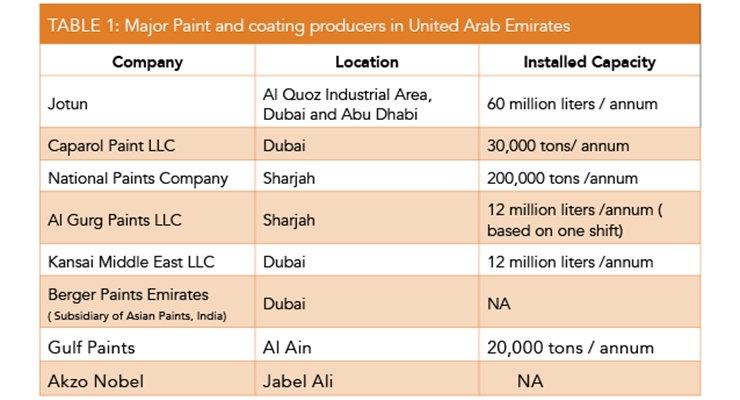Yearning For A Remarkable Finish? Discover Just How Climate Aspects Can Sway The Success Of Your External Painting Project, Unraveling Vital Secrets For A Professional End Result
Yearning For A Remarkable Finish? Discover Just How Climate Aspects Can Sway The Success Of Your External Painting Project, Unraveling Vital Secrets For A Professional End Result
Blog Article
Short Article By-Mclean Sloth
Recognizing just how climate condition can influence the end result of an outside painting endeavor is extremely important for attaining a remarkable coating. From temperature changes changing paint bond to moisture levels affecting drying out times, each component of weather condition plays a significant duty in the success of your job. Additionally, wind rate and rainfall can introduce unforeseen difficulties that might compromise the high quality of the outcome. As we navigate through the nuances of weather condition's impact on outside painting, it ends up being evident that meticulous preparation and tactical timing are critical for ensuring a professional and durable result.
Perfect Temperature Level Array for Paint
When thinking about outside painting projects, the excellent temperature level array plays a critical function in achieving optimal outcomes. Painting in the right temperature problems makes sure that the paint sticks appropriately to the surface area, dries out uniformly, and remedies properly. Usually, the recommended temperature level array for exterior paint is between 50 to 85 levels Fahrenheit.
Paint in temperatures listed below 50 degrees Fahrenheit can bring about issues such as poor paint adhesion, extended drying out times, and a boosted probability of fracturing or peeling.
On the other hand, paint in temperature levels over 85 levels Fahrenheit can trigger the paint to completely dry too promptly, causing blistering, bubbling, and an uneven surface.
To achieve the most effective results, it is important to check the weather report prior to beginning an exterior painting job. Ideally, objective to repaint during light weather conditions with moderate temperatures and reduced humidity levels.
Impacts of Moisture on Paint Drying
Moisture degrees considerably influence the drying out procedure of paint applied to exterior surfaces. High humidity can lengthen the drying out time of paint, bring about possible concerns such as trickling, streaking, or perhaps the development of bubbles on the painted surface. Excess wetness airborne slows down the evaporation of water from the paint, impeding the curing process. This is particularly problematic for water-based paints, as they rely on evaporation for drying.
On https://commercial-painters-near86421.losblogos.com/31246270/crucial-checklist-for-homeowners-locating-dependable-exterior-painters , low moisture degrees can also affect paint drying. Very completely dry problems might trigger the paint to completely dry too promptly, causing poor adhesion and a rough finish. In such instances, including a paint conditioner or spraying a great haze of water in the air can aid control moisture degrees and improve the painting outcome.
To make sure optimum drying out conditions, it is suggested to paint when the humidity degrees vary in between 40% and 50%.
Surveillance moisture degrees and taking suitable procedures can assist accomplish a smooth and sturdy paint coating on exterior surfaces.
Wind and Rainfall Considerations
Wind rate and rainfall are essential aspects that substantially affect the success of an outside paint project.
When it involves wind, both speed and direction are vital considerations. High wind rates can cause paint to completely dry also rapidly, leading to a substandard completed with possible issues like breaking or irregular texture. Additionally, wind can bring particles that might follow the damp paint, leading to imperfections. Consequently, painters need to intend to work on days with light to moderate winds for optimum paint problems.
On Domain Painting Residential Interior & Exterior Painter , precipitation, whether rainfall or snow, can be exceptionally harmful to the outcome of an outside painting task. Wetness from precipitation can hinder paint bond, creating peeling and bubbling over time. It is critical to stay clear of painting during rainy or snowy weather to make sure the longevity and top quality of the paint job. Painters ought to also permit sufficient time for the surface to dry extensively after any precipitation prior to beginning or returning to the painting procedure.
Verdict
To conclude, weather conditions play a substantial duty in the end result of an external painting job. The perfect temperature level range, moisture levels, wind speed, and rainfall all contribute to the success or failing of the paint work.
It is important to consider these elements and plan appropriately to make certain correct paint adhesion, drying out times, and total high quality of the ended up item.
